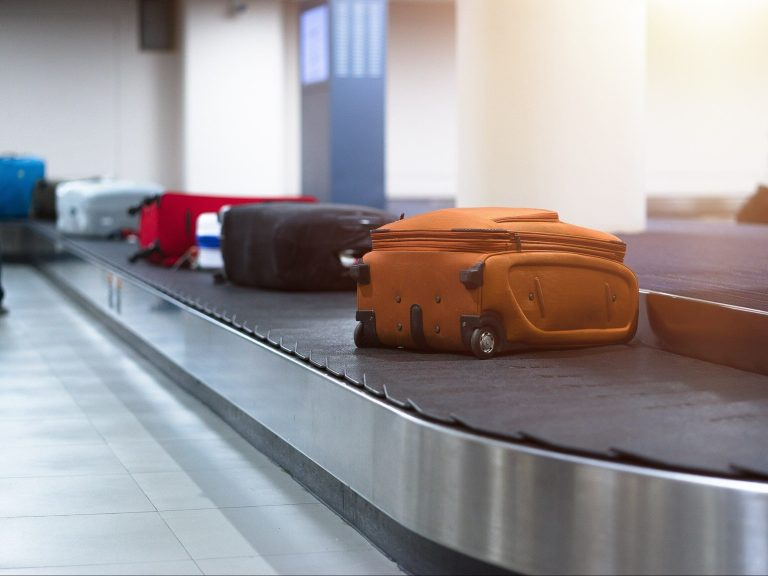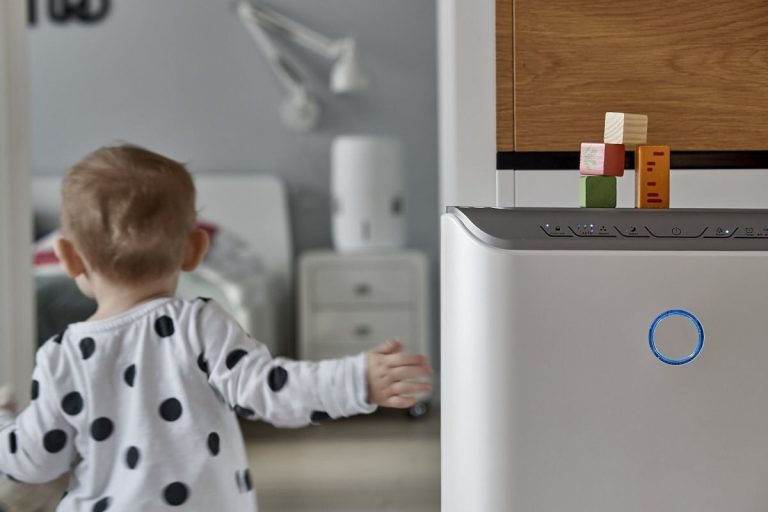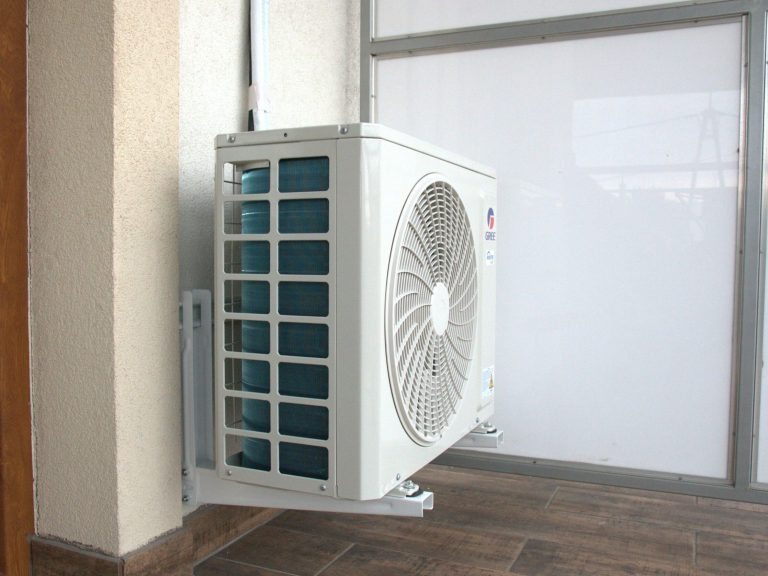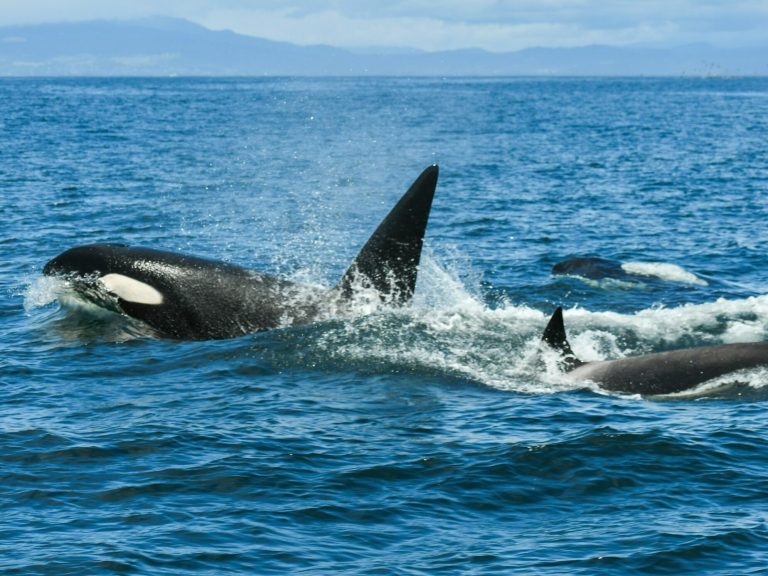TNT and chemical weapons at the bottom of the Baltic Sea. AI will help scientists assess the threat
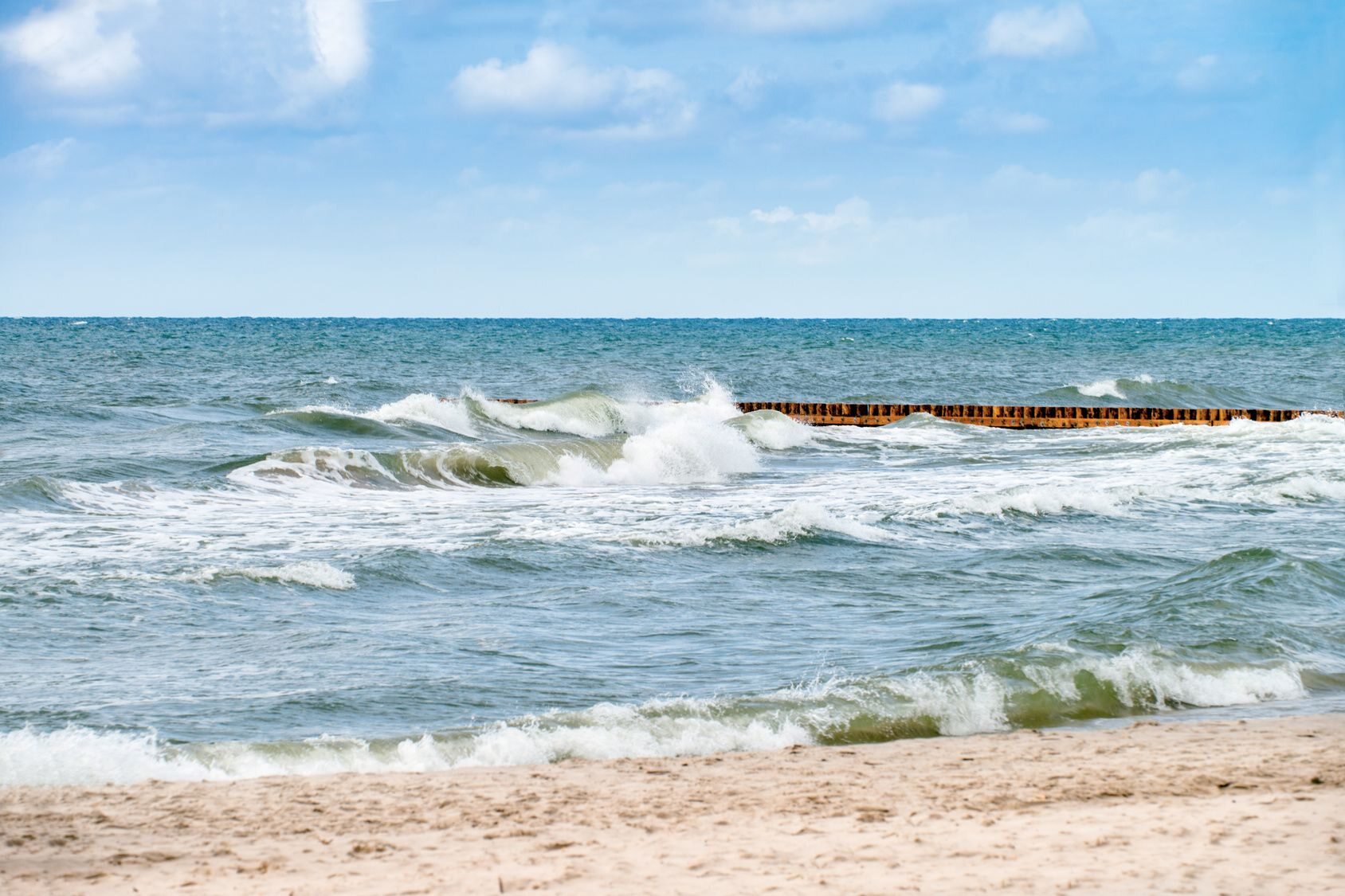
Scientists estimate that there are from 50,000 to 100,000 people at the bottom of the Baltic Sea. tons of chemical weapons and even more toxic conventional weapons. They are located in wrecks from World War II or were sunk after the end of the war.
According to the Supreme Audit Office, approximately 100 such ships have been identified so far in the Gulf of Gdańsk alone. Scientists from Poland and several other countries, including Germany, Sweden, Finland and Lithuania are conducting the Daimon project co-financed by European funds, which will allow for the assessment of the associated risks. From September, they will be helped by artificial intelligence, which will make it easier to make decisions, e.g. to exclude a given area from investment or fishing due to the increased risk of contamination.
– There are several types of chemical hazards at the bottom of the Baltic Sea. There is a lot of talk about chemical weapons, and they actually exist – we know where and we know the exact places. However, the impact of these chemical weapons on the environment is currently limited, as they are now partially buried in the seabed. If there is one, it is rather a local influence. However, little is said about the threats posed by conventional weapons. For example, in Germany, near the entrance to the Kiel Fjord, there is a World War II landfill where there are thousands of tons of weapons laced with TNT. – says Dr. Eng. Benedykt Hac, head of the Department of Operational Oceanography of the Maritime Institute in Gdańsk.
As he emphasizes, TNT in contact with water causes the release of poisonous substances, which are carried along the shore by currents and absorbed in the trophic chain by marine organisms. In this way, they can get straight into the human digestive system.
Scientists estimate that there are from 50,000 to 100,000 people at the bottom of the Baltic Sea. tons of chemical weapons and even more, up to 500 thousand. tons of toxic conventional weapons. They are found in wrecks from World War II or were sunk after the end of the war (because it was the cheapest way to dispose of them). Weapons and ammunition were dumped mainly in the area of the Gotland Deep and the Bornholm Deep, but some are also found in the Gdańsk Deep. According to the Supreme Audit Office, approximately 300 shipwrecks have been identified at the bottom of the Baltic Sea so far, including approximately 100 in the Bay of Gdańsk.
– We examine wrecks in terms of their impact on the environment, we collect information about all such objects, because they may contain not only fuel, but also harmful loads or chemicals that become active and dangerous to the environment under the influence of water. – says Dr. Eng. Benedykt Hac. – Lifting wrecks is economically unjustified, these are very expensive operations. The aquatic environment requires specialized systems, divers, large cranes, etc. Such operations occur all over the world, but they are not recorded in Poland.– he adds.
The greatest threat at the moment is posed by the shipwrecks of the Stuttgart, sunk in the roadstead in Gdynia, and the Franken – both from the period of World War II. The first one is already leaking fuel into the Bay of Puck. The second one, located near Hel, may collapse at any time due to corrosion and cause an ecological disaster. It is estimated that its tanks contain at least 1.5 million liters of mazut and other fuels.
Moreover, according to NIK, in the area of the Gdańsk Deep there may be at least several dozen tons of ammunition and poisonous warfare agents (BŚT) at the bottom, including one of the most dangerous – sulfur mustard. Since the war, fishermen and beachgoers have been burned several times by it. The last case of contamination by chemical weapons during World War II took place in 2012, when lumps of white phosphorus were found on the beach between Ustka and Łeba, and 13 km of the coast were contaminated. Earlier, in 1997, near Władysławowo, fishermen found a mustard bomb in their nets, and eight of them were seriously burned.
According to estimates included in the National Crisis Management Plan, the release of only 1/6 of chemicals from the reservoirs lying at the bottom would destroy life in the Baltic Sea, and it would take at least 100 years to rebuild the ecosystem. However, weapons and chemicals sunk at the bottom are not only a problem for this reservoir, but also for many others in Europe. For example, after World War II, the Americans also sank huge amounts of it in the Hawaiian area.
The Supreme Audit Office is to examine how Polish services monitor and respond to ecological threats resulting from toxic substances sunk at the bottom of the Baltic Sea. Poland and several other countries, including: Germany, Sweden, Finland and Lithuania also jointly run the Daimon project, co-financed by European funds, coordinated by the Institute of Oceanology of the Polish Academy of Sciences. According to scientists, the threat comes from several percent of weapons lying in the sea, and the project will help identify those that need to be dealt with urgently to avoid an ecological catastrophe.
In September this year, the Daimon project entered a new stage, the main element of which is artificial intelligence. AI will help scientists make decisions, e.g. to exclude a given area from investment or fishing due to the increased risk of contamination. Scientists’ research shows that artillery shells, which are the most common at the bottom of the Baltic Sea, will corrode the fastest – in about 20 to 30 years.
According to IO PAN, it is impossible to remove all wrecks and chemical weapons from the bottom of the Baltic Sea. That’s why scientists want to focus on the most dangerous part of the ammunition. It is placed underwater in special containers and then destroyed in specially prepared installations on land. Currently, there are two of them in Belgium and Germany, but they can also be installed on ships.
– Another threat to the Baltic Sea is also the cargo carried by modern ships. They must meet specific requirements, report what type of chemicals they transport and how dangerous they are, a special scale is used for this purpose – says Dr. Eng. Benedykt Hac, head of the Department of Operational Oceanography of the Maritime Institute in Gdańsk. – Of course, these threats are not that many and they do not pose a great, direct risk, but they are important and must be taken into account – he emphasizes.

